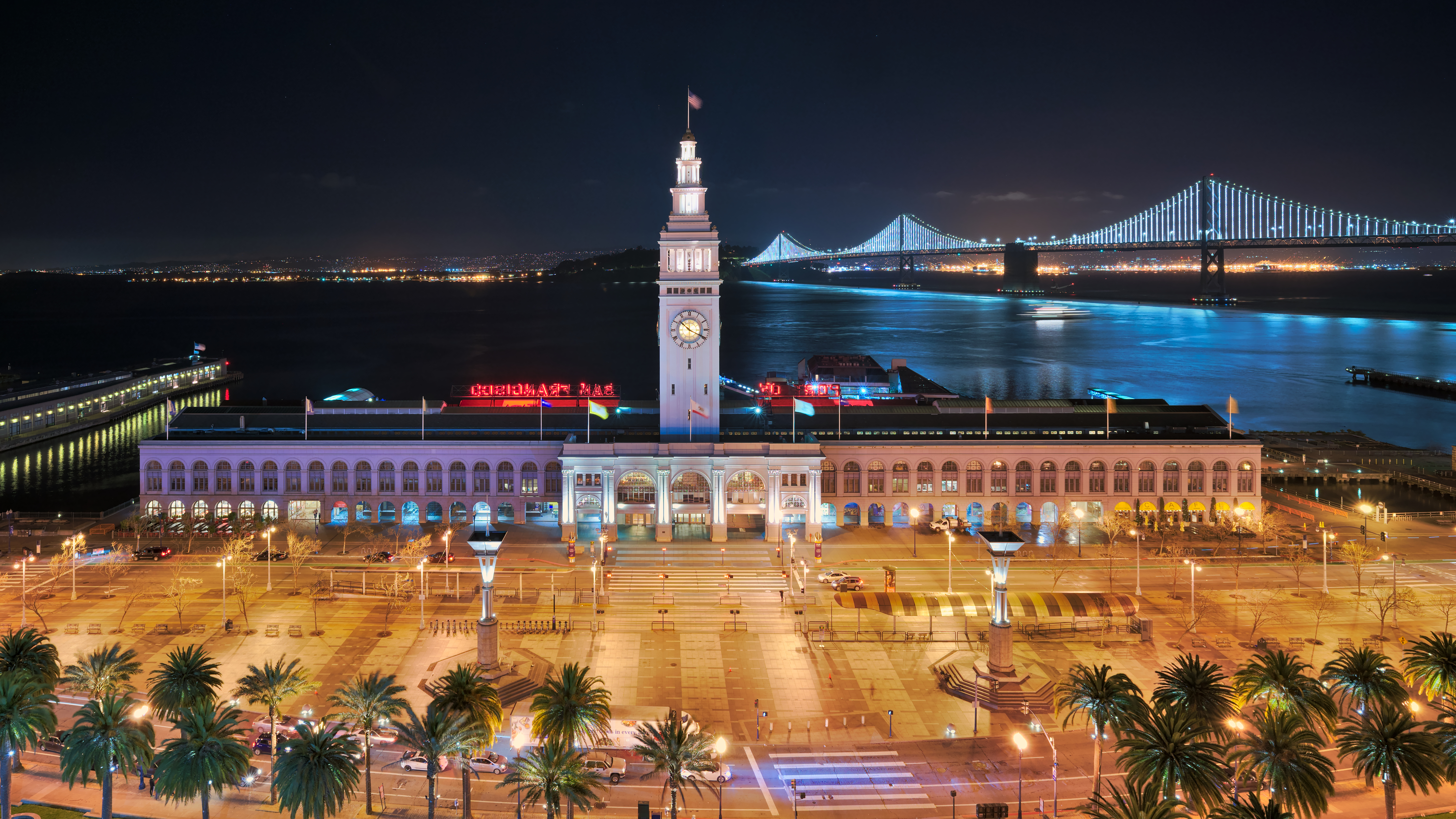
Infrastructure
Infrastructure is the set of facilities and systems that serve a country, city, or other area,[1] and encompasses the services and facilities necessary for its economy, households and firms to function.[2] Infrastructure is composed of public and private physical structures such as roads, railways, bridges, tunnels, water supply, sewers, electrical grids, and telecommunications (including Internet connectivity and broadband access). In general, infrastructure has been defined as "the physical components of interrelated systems providing commodities and services essential to enable, sustain, or enhance societal living conditions" and maintain the surrounding environment.[3]
See also: Hard infrastructure and Soft infrastructure
Especially in light of the massive societal transformations needed to mitigate and adapt to climate change, contemporary infrastructure conversations frequently focus on sustainable development and green infrastructure. Acknowledging this importance, the international community has created policy focused on sustainable infrastructure through the Sustainable Development Goals, especially Sustainable Development Goal 9 "Industry, Innovation and Infrastructure".
One way to describe different types of infrastructure is to classify them as two distinct kinds: hard infrastructure and soft infrastructure.[4] Hard infrastructure is the physical networks necessary for the functioning of a modern industrial society or industry.[5] This includes roads, bridges, and railways. Soft infrastructure is all the institutions that maintain the economic, health, social, environmental, and cultural standards of a country.[5] This includes educational programs, official statistics, parks and recreational facilities, law enforcement agencies, and emergency services.
Etymology[edit]
The word "infrastructure" has been used in French since 1875 and in English since 1887, originally meaning "installations that form the basis for any operation or system".[6][7] It is a loanword from French, where it was already used for establishing a roadbed of substrate material, required before railroad tracks or constructed pavement could be laid on top of it. The word is a combination of the Latin prefix "infra", meaning "below", as many of these constructions are underground (for example, tunnels, water and gas systems, and railways), and the French word "structure" (derived from the Latin word "structure"). The army use of the term achieved currency in the United States after the formation of NATO in the 1940s, and by 1970 was adopted by urban planners in its modern civilian sense.
Applications[edit]
Engineering and construction[edit]
Engineers generally limit the term "infrastructure" to describe fixed assets that are in the form of a large network; in other words, hard infrastructure. Efforts to devise more generic definitions of infrastructures have typically referred to the network aspects of most of the structures, and to the accumulated value of investments in the networks as assets. One such definition from 1998 defined infrastructure as the network of assets "where the system as a whole is intended to be maintained indefinitely at a specified standard of service by the continuing replacement and refurbishment of its components".[18]
Related concepts[edit]
The term "infrastructure" may be confused with the following overlapping or related concepts.
Land improvement and land development are general terms that in some contexts may include infrastructure, but in the context of a discussion of infrastructure would refer only to smaller-scale systems or works that are not included in infrastructure, because they are typically limited to a single parcel of land, and are owned and operated by the landowner. For example, an irrigation canal that serves a region or district would be included with infrastructure, but the private irrigation systems on individual land parcels would be considered land improvements, not infrastructure. Service connections to municipal service and public utility networks would also be considered land improvements, not infrastructure.[20][21]
The term "public works" includes government-owned and operated infrastructure as well as public buildings, such as schools and courthouses. Public works generally refers to physical assets needed to deliver public services. Public services include both infrastructure and services generally provided by the government.
[edit]
The 2020 COVID-19 pandemic has only exacerbated the underfunding of infrastructure globally that has been accumulating for decades. The pandemic has increased unemployment and has widely disrupted the economy. This has serious impacts on households, businesses, and federal, state and local governments. This is especially detrimental to infrastructure because it is so dependent on funding from government agencies – with state and local governments accounting for approximately 75% of spending on public infrastructure in the United States.[31]
Governments are facing enormous decreases in revenue, economic downturns, overworked health systems, and hesitant workforces, resulting in huge budget deficits across the board. However, they must also scale up public investment to ensure successful reopening, boost growth and employment, and green their economies.[32] The unusually large scale of the packages needed for COVID-19 was accompanied by widespread calls for "greening" them to meet the dual goals of economic recovery and environmental sustainability.[33] However, as of March 2021, only a small fraction of the G20 COVID-19 related fiscal measures was found to be climate friendly.[33]